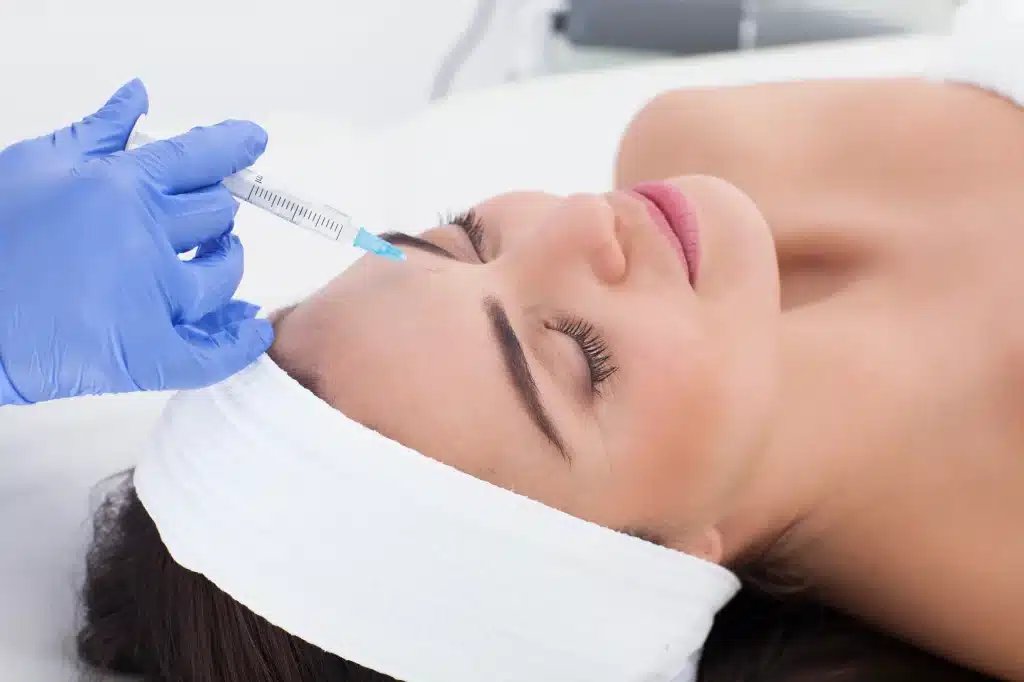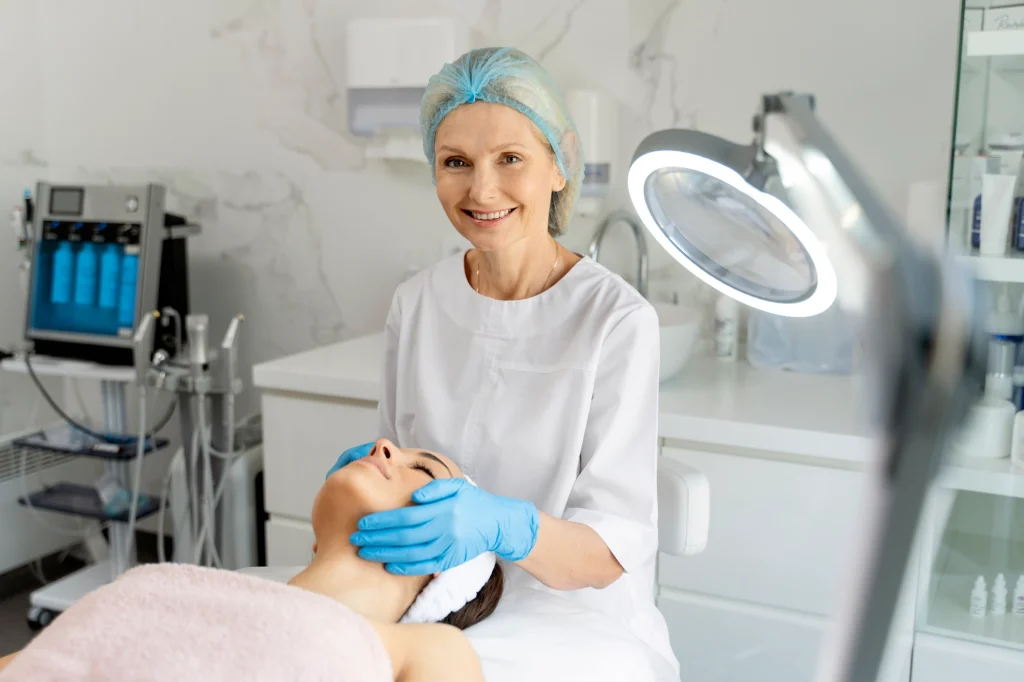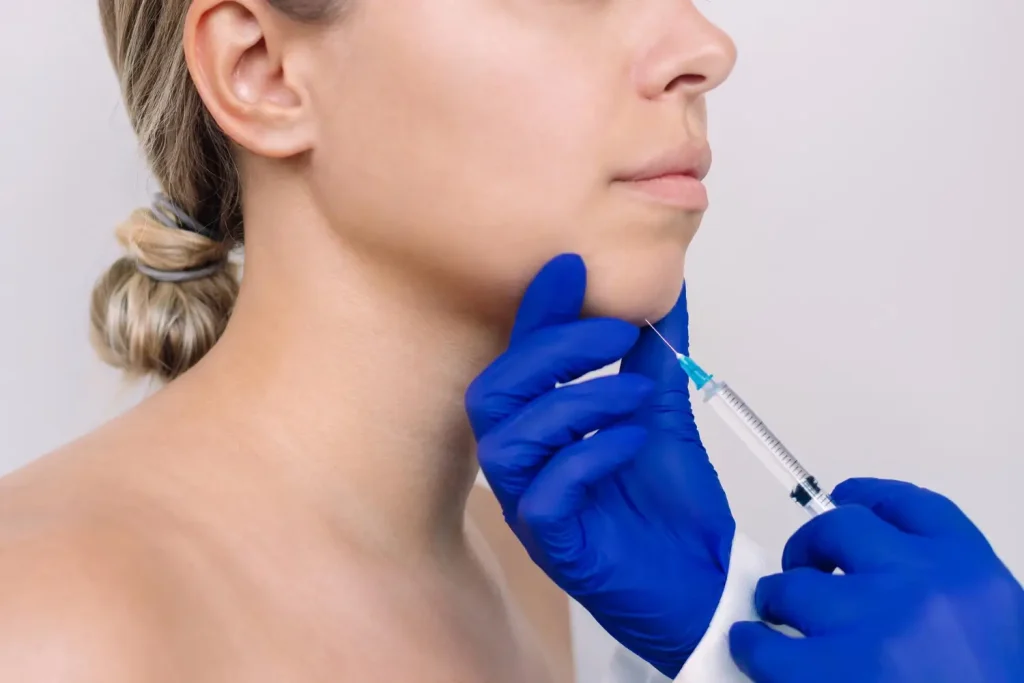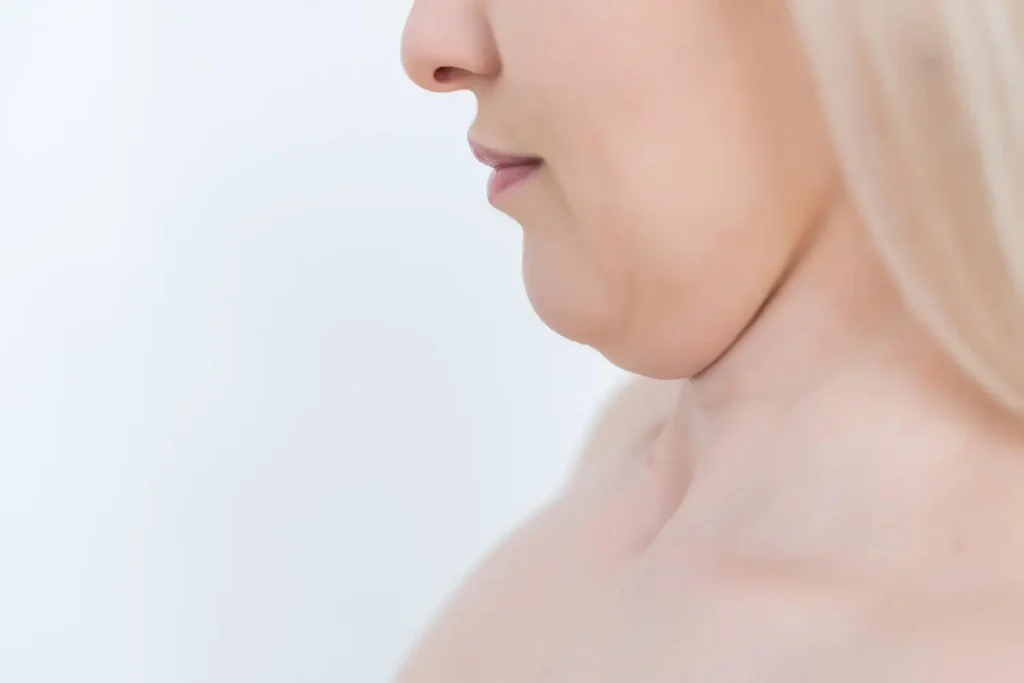Patient satisfaction is a cornerstone of successful cosmetic enhancements, particularly since these procedures are elective and deeply personal. Research consistently shows that aligning patient motivations with realistic expectations is critical to achieving long-term satisfaction and positive outcomes.
One standout in this space is Belkyra, an injectable treatment that uses deoxycholic acid to target and eliminate submental fat—commonly referred to as a double chin. Its non-surgical nature, combined with proven efficacy, has made it increasingly popular. Clinical trials such as REFINE-1 and REFINE-2 reported high satisfaction rates, with noticeable improvements in chin contour seen after just two to four sessions.
In this article, we’ll examine Belkyra reviews through the lens of both medical practitioners and patients, offering a well-rounded look at its benefits, challenges, and real-world results.
Key Takeaways
- Most patients report visible improvement in submental fat within two to four treatment sessions.
- Common side effects include swelling, bruising, and temporary numbness around the injection area.
- Practitioners emphasize the importance of patient selection and proper technique for optimal outcomes.
- Clinical studies show sustained fat reduction with minimal recurrence when adequately spaced.
- Patient satisfaction correlates strongly with clear pre-treatment counseling and realistic outcome expectations.
About: Medical Spa RX provides medical practices with premium products at the best prices. If you’re looking to order Belkyra (Kybella) online for your practice, the sales representatives at Medical Spa RX can give you guidance.
Analyzing Published Clinical Studies and Meta-Analyses
Belkyra, a non-invasive treatment for submental fat reduction, has gained significant traction among patients seeking enhanced jawline definition and improved facial contours. Clinical studies and meta-analyses are central to evaluating its performance in real-world settings.
This treatment has been extensively studied in clinical trials for its efficacy in reducing submental fat and improving jawline aesthetics. The pivotal Phase 3 trials, involving hundreds of participants, demonstrated statistically significant reductions in submental fat volume and high patient satisfaction ratings. These findings affirm Belkyra’s effectiveness in producing natural-looking results, supporting its status as a trusted non-surgical option in facial contouring.
Interpreting Practitioner Anecdotal Reports and Case Studies
Beyond published data, aesthetic practitioners offer valuable anecdotal insights into how Belkyra performs across diverse patients with different skin types. These reports often illustrate its adaptability—not only for chin contouring but occasionally for off-label areas, such as the abdomen.
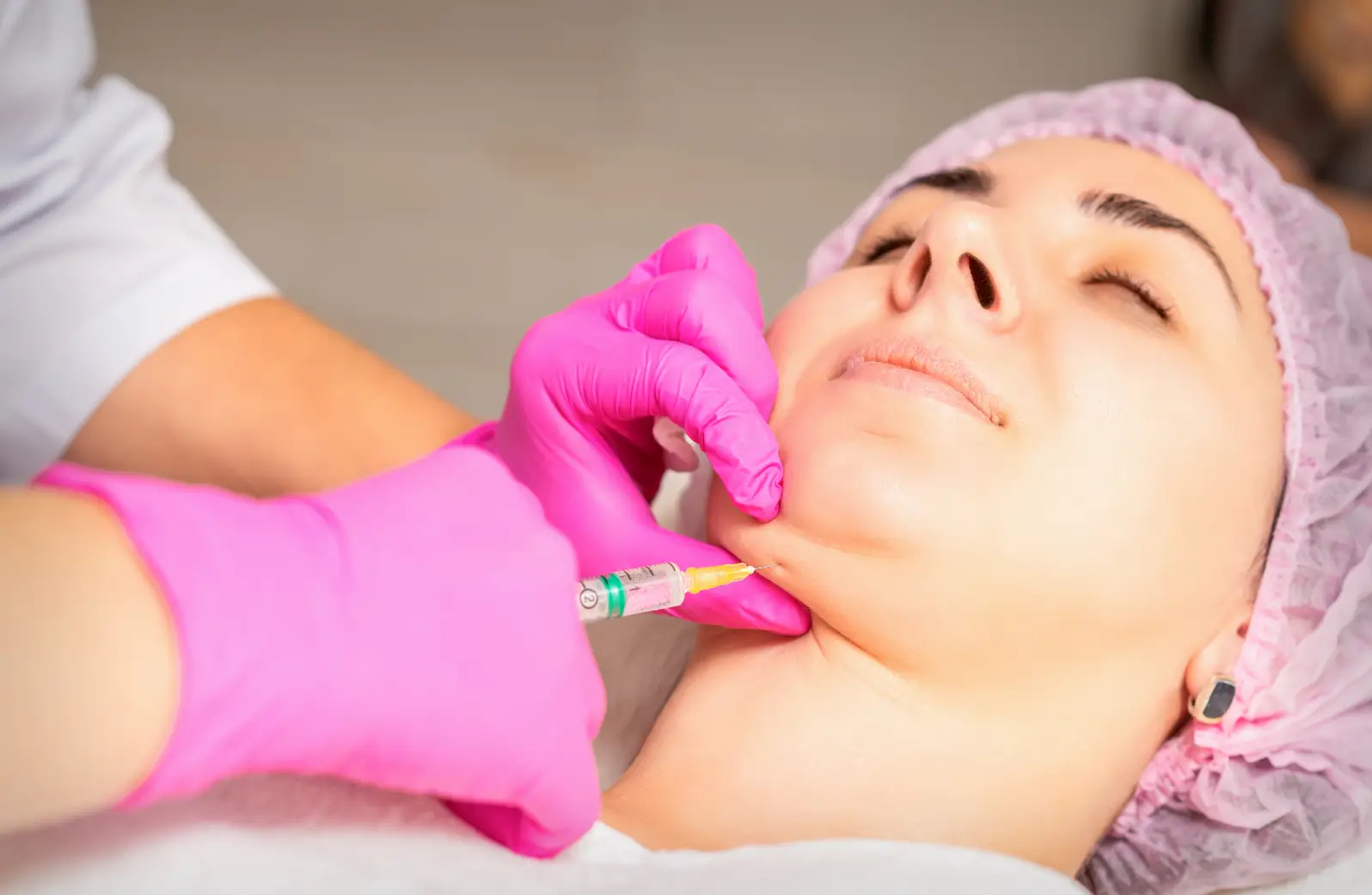
For instance, some clinicians have explored Belkyra for belly fat, applying the treatment to small, stubborn fat pockets. However, it’s critical to stress that this application is off-label and not FDA-approved. While early anecdotal results show promise, safety, dosing, and efficacy for this use have not been clinically standardized. Practitioners emphasize that thorough informed consent and cautious technique are mandatory when exploring off-label approaches.
Case studies also note that thinner patients may see more gradual changes, requiring multiple sessions, while those with moderate submental fullness tend to respond more quickly. Post-treatment swelling, often underestimated by patients, is another important factor influencing satisfaction. Many experts recommend incorporating Belkyra into a comprehensive facial treatment plan rather than using it as a one-off procedure.
Evaluating Patient Satisfaction Surveys and Patient-Reported Outcomes
Evaluating real-world experiences through patient satisfaction surveys and patient-reported outcomes (PROs) is essential to understanding the broader impact of Belkyra.
Recent studies highlight that patient satisfaction depends on a combination of treatment expectations, perceived results, and side effect management. Instruments such as the Subject Self-Rating Scale (SSRS) have been used to measure the emotional and aesthetic satisfaction of patients post-treatment.
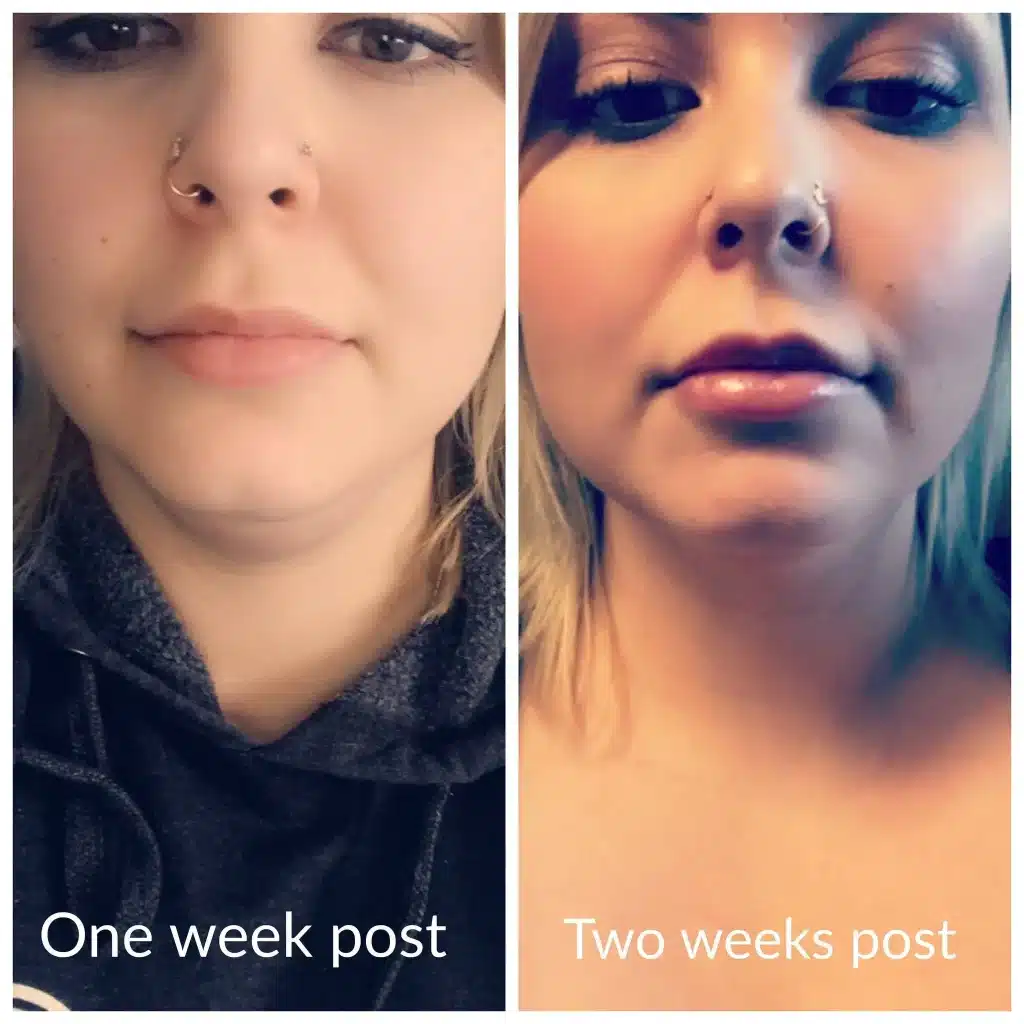
Two weeks after her initial session, the patient observed reduced swelling and is now preparing for her second treatment.
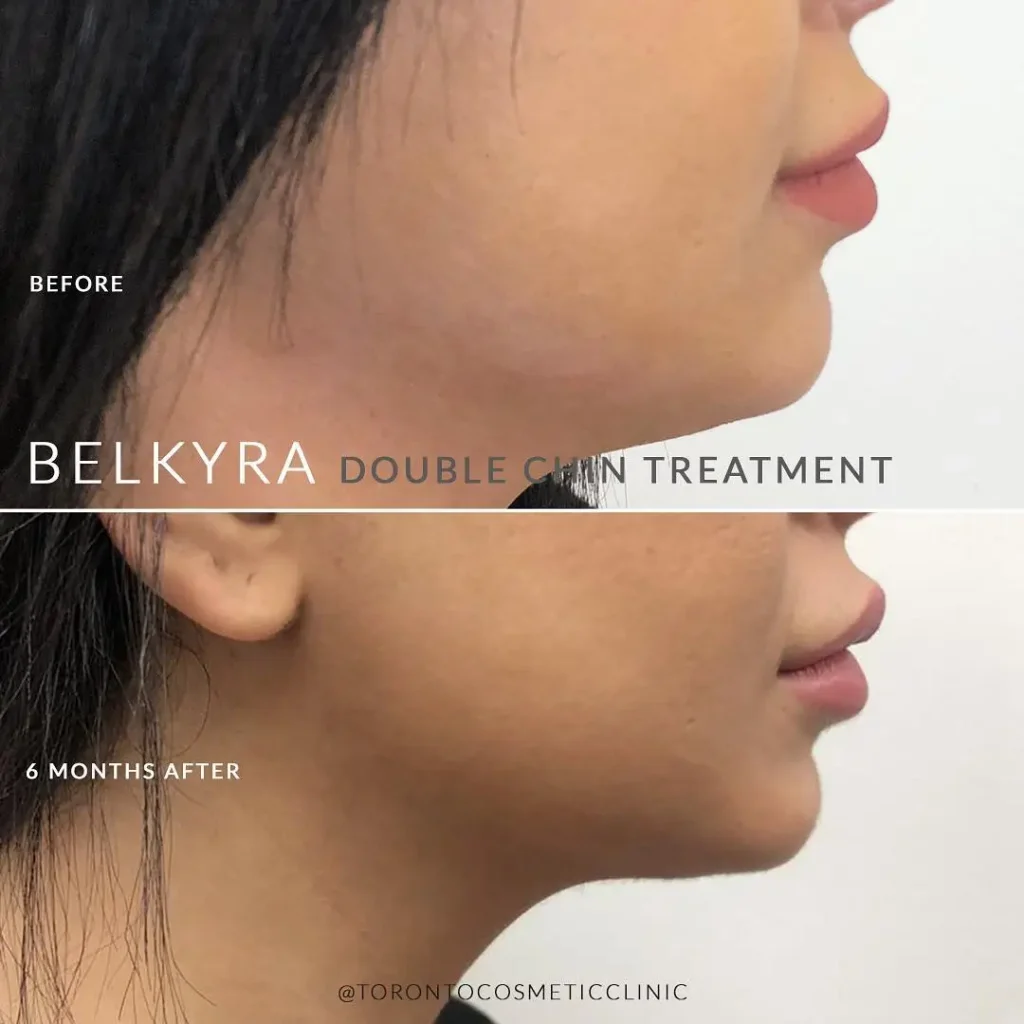
After just one session, this patient showed notable improvement in reducing her double chin.
PROs not only validate treatment success but also guide protocol refinements and improve patient counseling. Practitioners who take time to review these experiences can better tailor their approach, resulting in higher satisfaction rates.
Bridging the Gap: Objective Assessments vs. Subjective Experiences
Objective clinical outcomes and subjective patient experiences must be aligned for comprehensive success. Clinical evaluations—such as before-and-after measurements of submental fat volume—provide quantifiable evidence of Belkyra’s impact. However, subjective factors like patient confidence, body image, and personal expectations often dictate overall satisfaction.
By bridging the gap between these two viewpoints, practitioners can offer a more holistic treatment experience. This integration allows for protocol improvements, deeper empathy in patient communication, and stronger long-term results.
Factors Influencing Patient Satisfaction and Realistic Expectations
Several key factors determine how satisfied a patient will be after a Belkyra treatment:
- Number of Sessions: Most patients require 2–4 sessions. Those expecting one-session results are often less satisfied.
- Downtime: Common side effects include swelling, bruising, and tenderness lasting up to 7–10 days.
- Results Timeline: Noticeable improvements typically take 4–6 weeks after each session.
- Communication: A clear discussion about what Belkyra can and cannot do is essential.
- Aesthetic Goals: Those pursuing total facial rejuvenation benefit more when Belkyra is part of a broader treatment plan.
Patients informed about treatment timelines and realistic expectations are more likely to adhere to follow-up sessions and report greater satisfaction.
Conclusion
Belkyra continues to receive high praise as a safe and effective treatment for reducing double chin fullness. Its appeal lies in its non-surgical nature, minimal downtime, and ability to deliver gradual, natural-looking improvements.
While studies support its use in the submental region, off-label uses such as Belkyra for belly fat remain experimental and unregulated. Patients must be thoroughly informed about the lack of FDA approval for abdominal treatment, and providers should only proceed with clear consent and caution.
Overall, when used as part of a customized aesthetic strategy, Belkyra offers both functional and psychological benefits, bridging the gap between objective improvements and subjective satisfaction.
FAQs
1. What is Belkyra used for?
Belkyra is an injectable treatment designed to reduce moderate to severe submental fat (double chin) in adults.
2. How many sessions are needed?
Typically, two to four sessions, spaced at least one month apart, are required to achieve optimal results.
3. Are the results permanent?
Yes, Belkyra permanently eliminates fat cells. However, weight changes can affect long-term results.
4. What are the common side effects?
The most common side effects are swelling, bruising, numbness, and tenderness at the injection site.
5. Who is an ideal candidate for Belkyra?
Ideal candidates have moderate-to-severe submental fullness and are bothered by its appearance. Patients should consult a healthcare provider to determine suitability.
6. What should I expect during recovery?
Recovery involves swelling and tenderness lasting up to a week. Full results typically develop over several weeks.
References
Humphrey S, Bertucci V, Izolda Heydenrych, Ogilvie P, Safa M, Carola. A 360° Approach to Patient Care in Aesthetic Facial Rejuvenation. Aesthetic Surgery Journal Open Forum. 2024;6. doi:https://doi.org/10.1093/asjof/ojae059
McDermott A. How Can I Get Rid of My Double Chin? Healthline. Published November 21, 2016. Accessed April 8, 2025. https://www.healthline.com/health/how-to-get-rid-of-double-chin



